Florence travel guide: five things you must see
A look at the most popular attractions in the Italian city
1. Florence Cathedral
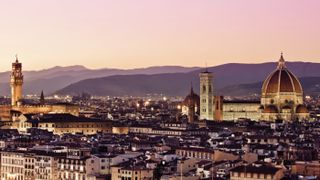
Just steps away from the Hotel Savoy, the duomo complex incorporating the Baptistery and Giotto’s Bell Tower dominates Florence’s skyline in all its pastel glory. Elaborately decorated in white, pink and green marble, the duomo took its time to become the iconic structure it is today. Started in 1296, its striking dome – the world’s largest brick dome – was added in 1436 by celebrated architect Filippo Brunelleschi.
The striking Gothic Revival façade for which the cathedral is known was only finished in the 19th century. The cathedral and its buildings occupy a large pedestrian piazza, so that visitors have room in which to walk around and admire its splendour. Inside, the décor is fairly stark, and its main appeal are a mosaic floor and the underground remains of a 7th-century cathedral.
2. Giotto’s Bell Tower
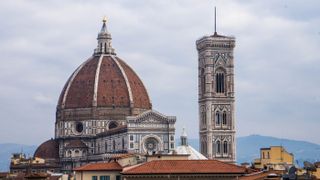
The pastel Gothic bell tower next to the cathedral juts nearly 85m into the sky and it’s just 15 sqm at its base. Its pastel marble encrustations match those of the duomo. If your knees are up to it, you can book a ticket to climb its 414 steps, which was no picnic in a Covid-era mask and with social distancing in place, meaning you couldn’t dawdle. On the way up, pause to catch your breath and admire some of 16 statues situated in various niches along the way – they’re copies of the originals by Italian Renaissance masters such as Donatello and Pisano. The view from the top makes the climb worth it – you’re rewarded with one of the best views of Florence’s red roofs, narrow streets and the Tuscan hills beyond.
Subscribe to The Week
Escape your echo chamber. Get the facts behind the news, plus analysis from multiple perspectives.

Sign up for The Week's Free Newsletters
From our morning news briefing to a weekly Good News Newsletter, get the best of The Week delivered directly to your inbox.
From our morning news briefing to a weekly Good News Newsletter, get the best of The Week delivered directly to your inbox.
3. The Uffizi Gallery
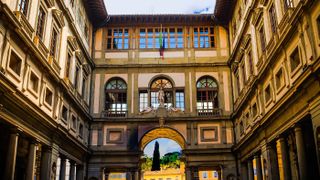
Just a seven-minute walk from the Savoy is this world-class art museum on the banks of the Arno that every visitor must carve out time for. Its collection boasts sculptures and paintings from the Middle Ages to the Modern period, but it’s best known for its Italian Renaissance works. For a close-up glimpse of Sandro Botticelli’s The Birth of Venus (1482-85) and Leonardo da Vinci's The Annunciation (c. 1472–75), arrive early to avoid the throngs of art lovers. The 16th century horseshoe-shaped building is itself a work of art, with wide, airy halls perfectly designed to showcase its treasures. The place with the most wow-factor is the Tribuna, an octagonal room of scarlet whose dome is decorated with thousands of shells.
4. Boboli Gardens
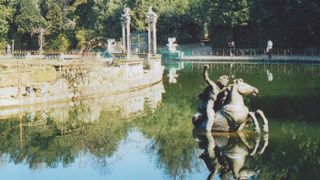
Stroll in one of the finest Italianate gardens in the world in the 111-acre grounds of the Pitti Palace, home of the Medici grand dukes of Tuscany. On a peaceful walk amongst cypress, evergreen oak trees and box hedges you’ll come across garden sculpture that encompasses Roman antiquities as well as works by 16th- and 17th-century artists. Its pièce de resistance is the awe-inspiring Buontalenti Grotto, a cave-like structure of three rooms featuring fantastical statues, zodiac signs and sculptures. At the gardens’ highest point, it provides a stunning vista of Florence.
5. The Ponte Vecchio
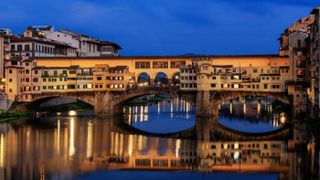
The world-famous symbol of Florence is its oldest bridge, dating from 1345, which crosses the Arno at its narrowest point of 84m. The bridge was always home to shops, but the stench that arose from the butchers, fishmongers and tanneries that originally traded on the edifice prompted Duke Ferdinand de Medici to evict them in 1593 in favour of jewellers and goldsmiths. The situation remains the same today, so it’s the place to head for if you’re looking for a sparkly souvenir. Plus, its central piazza affords guests great views of the river. The bridge’s “back shops”, visible from the east, were added in the 17th century.
Create an account with the same email registered to your subscription to unlock access.
Sign up for Today's Best Articles in your inbox
A free daily email with the biggest news stories of the day – and the best features from TheWeek.com
-
 Pros and cons of solar energy
Pros and cons of solar energyPros and cons Solar power could become the primary source of electricity worldwide by 2050 – but there are still clouds in the forecast
By Rebecca Messina, The Week UK Published
-
 Post Office's Capture software to be reviewed over 'glitches'
Post Office's Capture software to be reviewed over 'glitches'Speed Read Solicitor representing accused postmasters says flaws in the IT system follow 'very similar pattern' to Horizon
By Arion McNicoll, The Week UK Published
-
 How would we know if World War Three had started?
How would we know if World War Three had started?Today's Big Question With conflicts in Ukraine, Middle East, Africa and Asia-Pacific, the 'spark' that could ignite all-out war 'already exists'
By Harriet Marsden, The Week UK Published
-
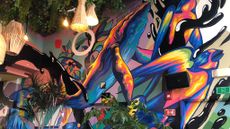 Mexico City travel guide: art and design
Mexico City travel guide: art and designThe Week Recommends Modern vibrancy, design legacy and ancient heritage puts Mexico's jewel alongside other art capitals of the world
By Harriet Marsden, The Week UK Published
-
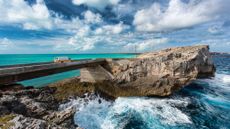 An unspoiled island in the Bahamas
An unspoiled island in the BahamasThe Week recommends Explore the natural beauty, windswept beaches and crystal-clear waters of Eleuthera
By The Week UK Published
-
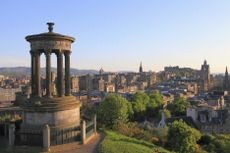 Edinburgh, Scotland: where history ambles alongside the present
Edinburgh, Scotland: where history ambles alongside the presentThe Week Recommends Plan your trip to the Scottish capital
By Catherine Garcia, The Week US Published
-
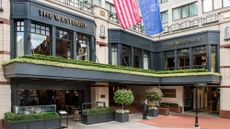 The Westbury Hotel review: stunning suites in charming Dublin
The Westbury Hotel review: stunning suites in charming DublinThe Week Recommends This hotel is the perfect spot to while away a weekend in Ireland's capital
By Kaye O'Doherty Published
-
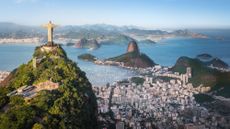 Rio de Janeiro: a guide to Brazil's iconic city
Rio de Janeiro: a guide to Brazil's iconic cityThe Week Recommends There's far more to Rio than just mountains, beaches, music and dance
By Tom Yarwood Published
-
 Best new hotels and places to stay in 2024
Best new hotels and places to stay in 2024The Week Recommends Featuring stylish island resorts, historical properties and wilderness retreats
By The Week UK Last updated
-
 An Alpine ski tour from Andermatt to Engelberg
An Alpine ski tour from Andermatt to EngelbergThe Week Recommends The Urner Haute Route features some of the wildest terrain in the Alps
By The Week UK Last updated
-
 2024 travel trends: what the experts predict
2024 travel trends: what the experts predictIn Depth A look at the travel trends and destinations set to drive the tourism industry
By The Week UK Published